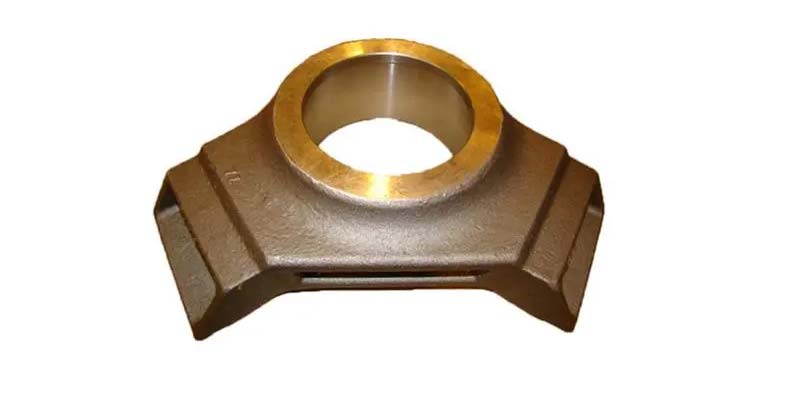Selection criteria of engineering parts forgings: Key elements and considerations
In engineering construction, engineering parts and forgings are key mechanical components, and their quality and performance have a significant impact on the safety and stability of the entire project. How to choose the right engineering parts forgings to ensure that they meet the engineering requirements is a problem that every engineer must face. This article will discuss in detail the selection criteria of engineering parts forgings to help engineers make wise choices.First, material propertiesFirst of all, the material properties of engineering parts forgings are the primary consideration when selecting. Different engineering environments and conditions of use have different requirements for materials. For example, in the case of high strength and high wear resistance, high-quality steel or alloy steel should be selected; In corrosion-resistant environments, materials such as stainless steel or copper alloys are more suitable. At the same time, the mechanical properties of the material, such as strength, toughness, fatigue resistance, etc., also need to be considered. Second, dimensional accuracyThe dimensional accuracy of engineering parts forgings is very important to its installation and use effect. When selecting forgings, ensure that their dimensional accuracy meets the design requirements. In general, the higher the dimensional accuracy of the forging, the more difficult it is to install, but the more reliable the use effect. Therefore, when selecting forgings, the relationship between dimensional accuracy and installation difficulty should be weighed to choose the most appropriate dimensional accuracy level.Third, surface qualityThe surface quality of the forging directly affects its service life and appearance. When selecting engineering parts forgings, attention should be paid to their surface…








